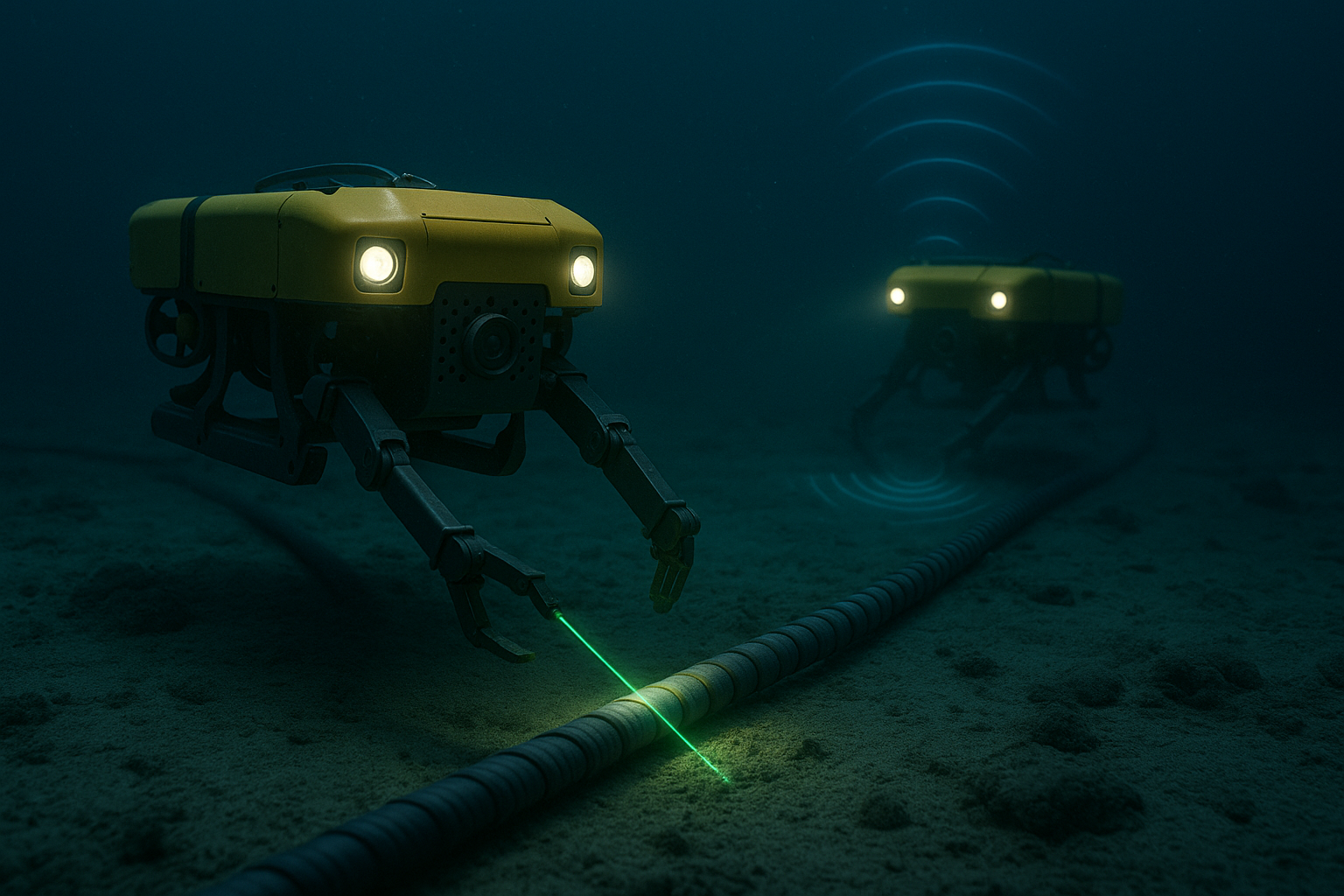
The internet’s most critical infrastructure lies thousands of meters beneath the ocean’s surface, where fiber optic cables carry 99% of international data traffic. This underwater network has become the foundation for modern digital communication, connecting continents through cables that stretch across ocean floors. Remote regions that once struggled with limited connectivity now benefit from these massive infrastructure projects, creating opportunities for digital services including platforms like ایران 1xbet to reach previously isolated markets.
Engineering Marvels: How Deep-Sea Cables Transform Remote Connectivity
The technical complexity of laying underwater cables rivals any engineering project on Earth. Submarine cable installation methods reveal the sophisticated processes required for deep-sea installations. Each cable contains multiple fiber optic strands protected by layers of steel wire, polyethylene, and waterproof materials designed to withstand crushing ocean pressures.
Cable-laying ships use specialized equipment to navigate treacherous underwater terrain:
- Dynamic positioning systems maintain precise locations during installation
- Remotely operated vehicles survey ocean floor conditions before laying
- Specialized plows create protective trenches in shallow coastal waters
- Repeaters boost optical signals every 50-100 kilometers along the route
- Multiple redundant pathways prevent single points of failure
The installation process can take months for a single cable system. Ships travel at speeds of just 5-6 knots while carefully feeding cables onto the ocean floor, navigating around underwater mountains, trenches, and existing infrastructure.
Island Nations and Coastal Communities: Breaking Digital Isolation
Remote island nations have experienced dramatic connectivity improvements through recent cable projects. Pacific island internet connectivity projects document how countries like Tonga, Samoa, and the Cook Islands achieved high-speed internet access for the first time through dedicated cable connections.
The economic impact extends far beyond basic internet access. Tourism industries benefit from reliable video calling and streaming services. Local businesses can participate in global e-commerce markets. Educational institutions connect with international programs and resources.
Real-time applications have become possible in regions where satellite connections previously created significant delays. Sports betting platforms can now offer live wagering services to island communities during major tournaments, with the low latency connections supporting instant updates and seamless user experiences.
Financial services have expanded rapidly in newly connected regions. Mobile banking, cryptocurrency trading, and international money transfers operate smoothly with fiber optic connections. The reliability factor proves crucial for time-sensitive transactions that satellite links couldn’t support effectively.
The Economics and Future of Deep-Sea Infrastructure
Cable installation costs range from $100-500 million per project, depending on distance and complexity. Private companies fund most installations, with some government partnerships for strategic routes. The return on investment typically spans 15-25 years, making these long-term infrastructure commitments.
Maintenance presents ongoing challenges. Cable breaks occur approximately once every three days globally, caused by fishing nets, ship anchors, natural disasters, or equipment failure. Repair ships stationed around the world respond to emergencies, but fixes can take weeks in remote locations.
New technologies are changing the cable industry. Space-division multiplexing increases capacity without laying additional cables. Artificial intelligence optimizes routing and predicts maintenance needs. Submarine cable systems now achieve capacities exceeding 20 terabits per second on advanced routes.
Climate change affects cable planning. Rising sea levels alter coastal installation sites. Stronger storms increase damage risks. Arctic ice melting opens new polar routes that could shorten connection distances between continents.
The geopolitical implications continue growing. Countries view cable control as strategic infrastructure. International tensions affect routing decisions. Some nations require domestic data to travel through specific cable systems for security reasons.
Looking ahead, the demand for underwater cables will intensify. Internet traffic grows 25-30% annually. Cloud computing requires low-latency connections. 5G networks need massive backhaul capacity. The Internet of Things will connect billions of devices globally.
